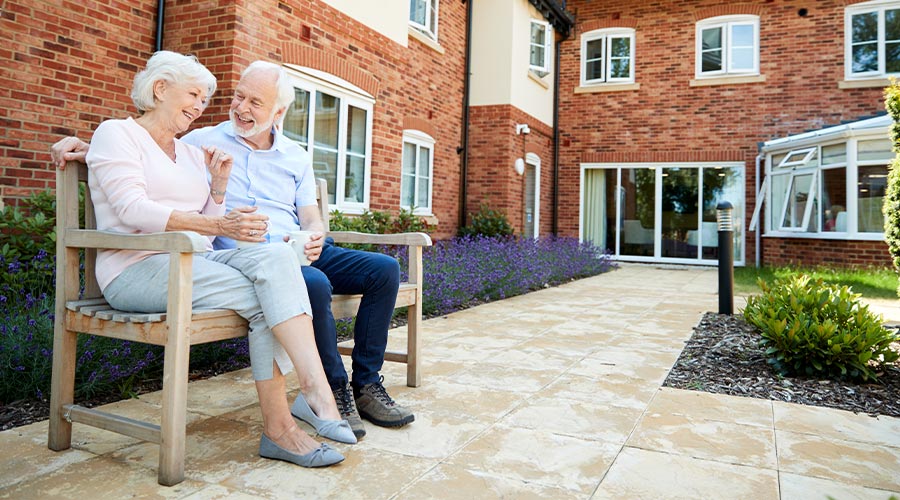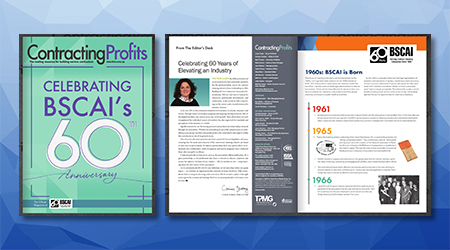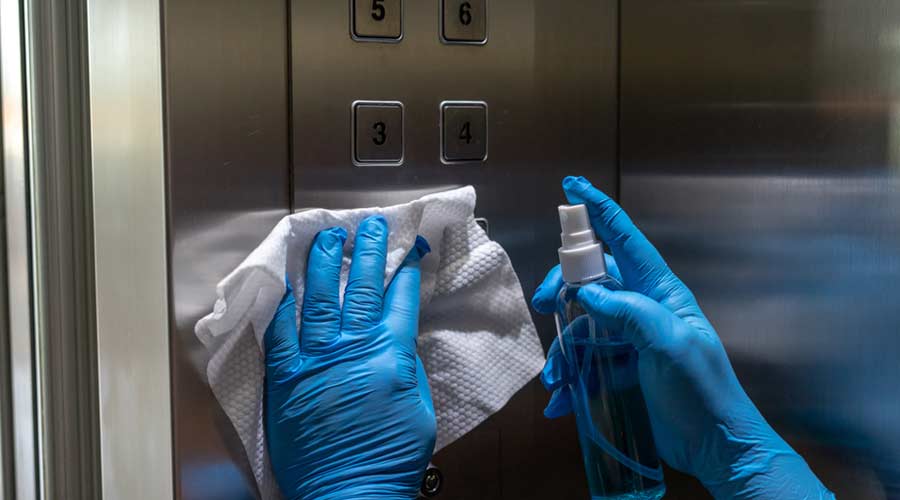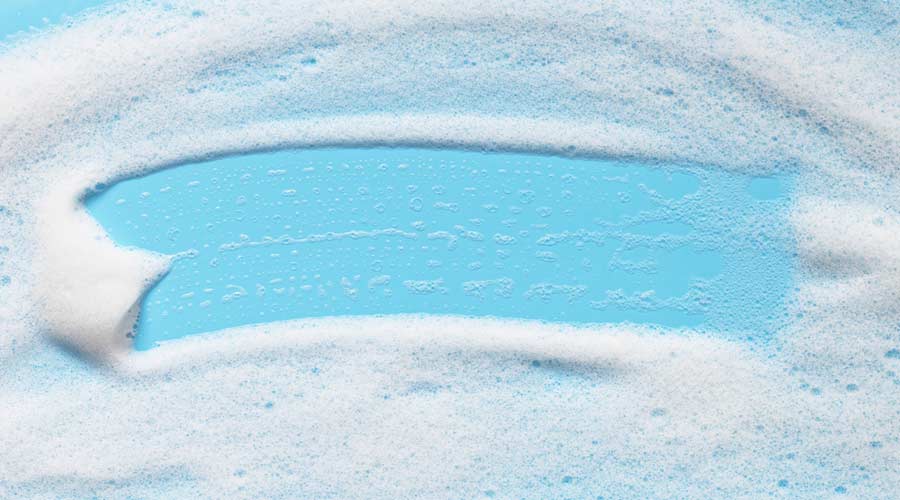
The vinyl flooring market, now projected to reach over USD 63.8 billion by 2035, is experiencing noteworthy growth driven by the popularity of luxury vinyl tiles (LVT) and other resilient flooring solutions. While traditional factors (such as aesthetics, cost-efficiency, durability, etc.) have long been primary considerations, the integration of antimicrobial technologies directly into vinyl flooring is a more recent development. This shift is particularly impactful in high-risk environments, such as healthcare and elder care facilities, where infection control is crucial.
Antimicrobial vinyl flooring serves as an unseen, continuous line of defense against pathogens. In settings prone to the spread of bacteria like MRSA, C. difficile, and norovirus, traditional cleaning methods alone are the main line of defense. These specialized flooring products are manufactured with embedded antimicrobial agents, such as silver ion technology or zinc-based additives, which actively inhibit bacterial growth on the surface. Unlike topical coatings that can wear off over time, these built-in technologies ensure long-term effectiveness, making the flooring a proactive component of infection prevention strategies.
The relevance of this technology is especially pronounced in senior care facilities and assisted living centers. Seniors often have compromised immune systems, making them more susceptible to infections. While vinyl flooring is already favored for its slip resistance (easy for wheelchairs to maneuver), the addition of pathogen resistance enhances its value in these environments. For example, in Japan, where an aging population drives innovation in eldercare infrastructure, antimicrobial and odor-neutralizing vinyl flooring is becoming a standard in new facility construction.
This trend has spurred innovation among key players in the resilient flooring industry. Many manufacturers are introducing LVT collections specifically designed for healthcare, featuring advanced characteristics such as seamless installation, heat-welded joints, and UV-cured finishes. These features not only enhance hygiene by eliminating potential breeding grounds for microbes but also contribute to the longevity and durability of the flooring in high-traffic settings.
From a global perspective, the Asia-Pacific region is rapidly emerging as a major market for antimicrobial vinyl flooring, driven by expanding medical tourism and a boom in hospital infrastructure. Regulatory bodies are also increasingly aligning hospital accreditation standards and infection control guidelines with the use of antimicrobial flooring solutions, further fueling market demand. As healthcare and senior care environments continue to evolve, the selection of surfaces, particularly flooring, is becoming a central element of infection prevention design. This shift highlights a growing investment in function-first vinyl flooring solutions, prioritizing health and safety beyond traditional aesthetic or durability concerns. In the near future, the application of antimicrobial vinyl flooring is expected to expand into other public spaces where hygiene is critical, such as schools, public transportation hubs, gyms, and restaurants.

 Celebrating BSCAI's 60th Anniversary eBook
Celebrating BSCAI's 60th Anniversary eBook The Down and Dirty on Cleaning in Virus Season
The Down and Dirty on Cleaning in Virus Season How Surfactant Use is Expanding in Commercial Cleaning
How Surfactant Use is Expanding in Commercial Cleaning